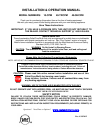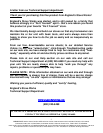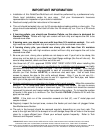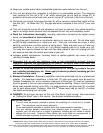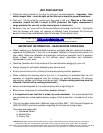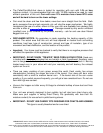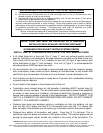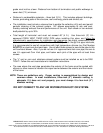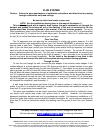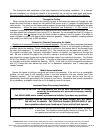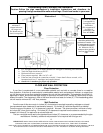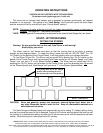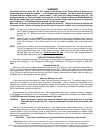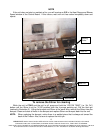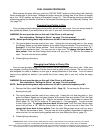
IMPORTANT! READ AND FOLLOW ALL INSTALLATION AND MAINTENANCE INSTRUCTIONS, INCLUDING
CLEANING THE UNIT AS SPECIFIED, AND REPLACING GASKETS ANNUALLY, AND PARTS AS NEEDED.
ENGLAND’S STOVE WORKS IS NOT RESPONSIBLE FOR ANY DAMAGE OR INJURY INCURRED DUE TO NEGLECT, OR DUE
TO UNSAFE INSTALLATION OR USAGE OF THIS PRODUCT. CALL TECHNICAL SUPPORT WITH QUESTIONS.
8
grade must not be a lawn. Distance from bottom of termination and public walkways is
seven feet (7 ft.) minimum.
Distance to combustible materials – three feet (3 ft.). This includes adjacent buildings,
fences, protruding parts of the structure, roof overhang, plants and shrubs, etc.
The installation must include a cleanout tee to enable the collection of fly ash and permit
periodic cleaning of the exhaust system. 90° elbows accumulate fly ash and soot,
thereby reducing exhaust flow and performance of the unit. Each elbow or tee reduces
draft potential by up to 30%.
Total length of horizontal vent must not exceed 48” (4 ft.). Use three-inch (3”) U.L.-
approved CORN VENT TWIST-LOCK PIPE when installing this stove and follow the
manufacturer’s specifications for installation and clearances (we highly recommend Dura-
Vent corn twist-lock pipe – our Part Number AC-33000). Even though this pipe interlocks,
it is recommended to seal all connections with high temperature silicone (our Part Number
AC-RTV3) or aluminum duct seal tape. Use at least three screws to secure the pipe to this
unit’s exhaust blower. Also, if you do not use U.L.-approved twist-lock corn pipe, be sure to
use U.L.-approved Corn Vent pipe, and fasten each joint of the pipe with at least three
screws.
The “L” vent or corn vent stainless exhaust system must be installed so as to be GAS
TIGHT! Follow the vent manufacturer’s installation instructions.
The area where the vent pipe penetrates the exterior of the home must be sealed with
silicone or other means to maintain the vapor barrier between the exterior and the interior
of the home.
NOTE: These are guidelines only. Proper venting is accomplished by design and
common sense. In most installations, three-inch (3”) diameter venting is
adequate. If it does not vent properly, you must change it to four-inch (4”)
diameter venting.
DO NOT CONNECT TO ANY AIR DISTRIBUTION DUCT OR SYSTEM.



